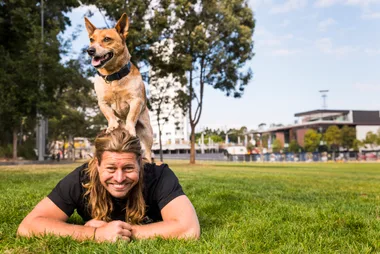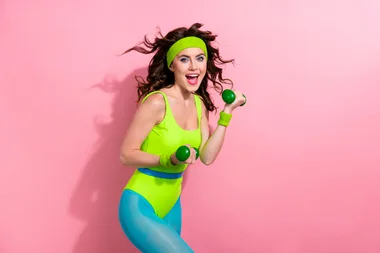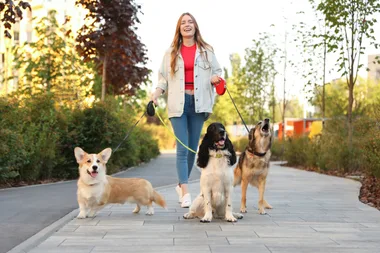Ever used up a whole roll of film taking photos of your pet, only to end up with a series of furry blurs when you get the photos back? Here’s a few tips for taking the perfect photo of your favourite animal friend. Happy snapping.
Try to use a high-speed film and a fast shutter speed. Some digital cameras may not be fast enough for a good pet photo, but at least you can see the results straight away and try again.
Try to have the camera on the same level as your pet so their image won’t be distorted (eg, if you take a photo looking down at your pet, it will make its legs look short).
Don’t forget to check the background in the viewfinder – you don’t want a chair or tree to look like it’s ‘growing’ out of your pet’s head in the photo.
Try to capture your pet’s personality by photographing them naturally – asleep on their favourite chair, for example – rather than attempting a posed shot.
Keeping your pet in the one place long enough for a posed photo can be difficult. When taking photos of more than one puppy or kitten, put them in a basket so they will stay together and fit in the viewfinder. A soft noise or squeaky toy can help persuade your pet to look at the camera.
Be prepared to use quite a bit of film to get your perfect pet photo. Be patient!
Check that darker coloured dogs and cats are not in front of a dark background.
Make sure your shadow isn’t across your pet subject.
Be careful of ‘red eye’ in your pet photos. To avoid the flash reflecting off your pet’s eyes, make sure there’s enough light so you don’t need a flash, or don’t have your pet looking at the camera.
When taking a photo of a child and a pet, try to have them both on the same level.



























